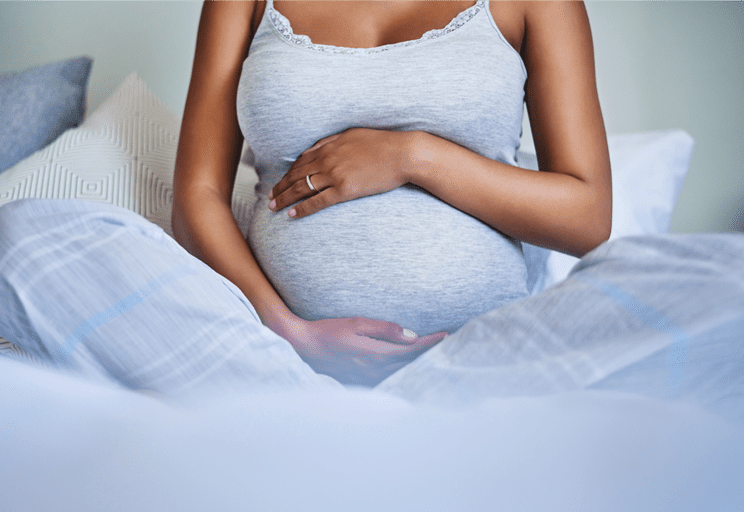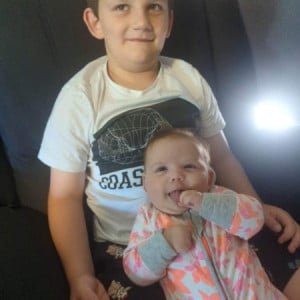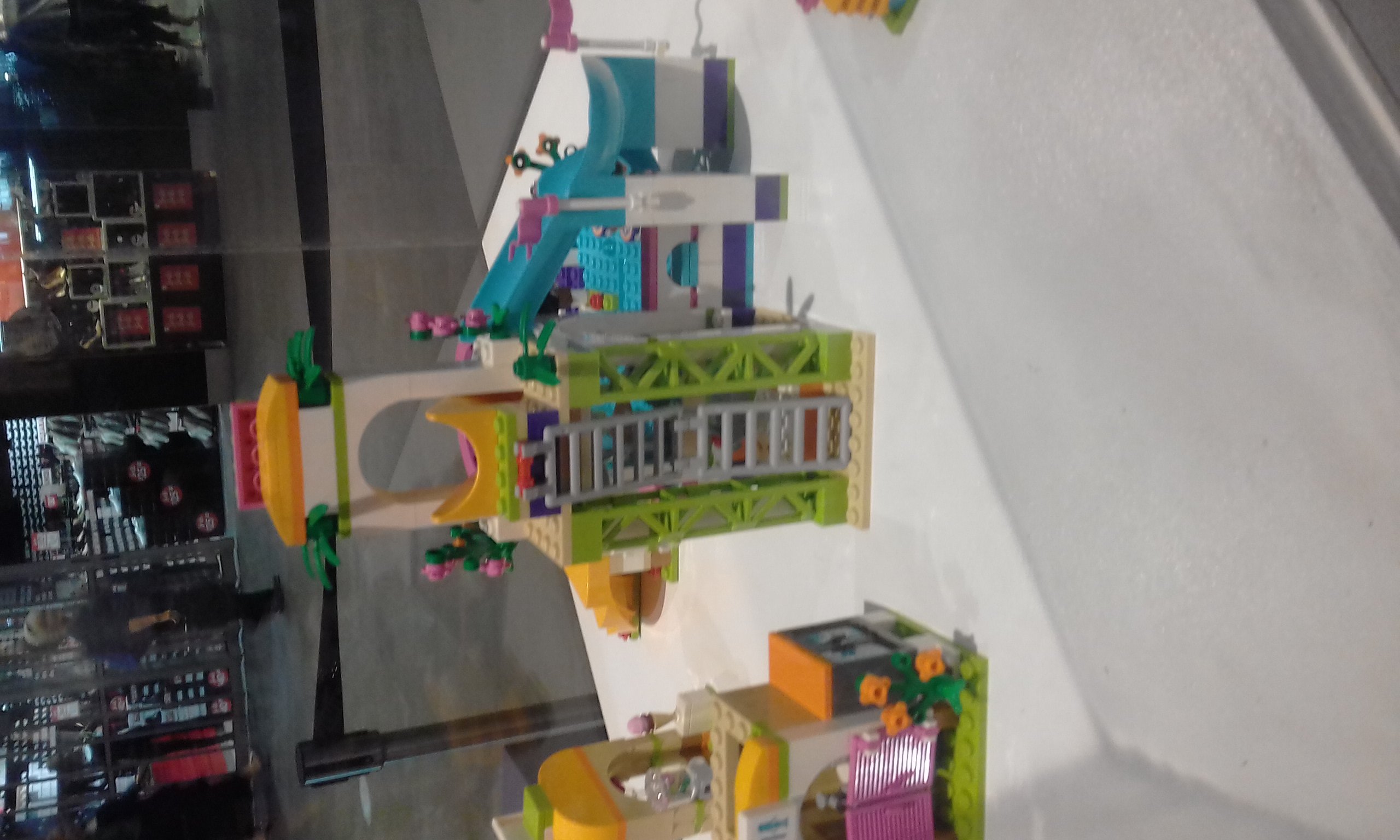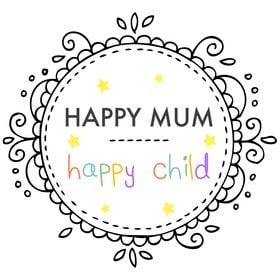A study has shown that mums often have no idea what to expect as part of the recovery after child birth. We look at ways women can be more empowered with their options.
New market research* released from Ethicon Australia reveals that women are often feeling left in the dark when it comes to the way they might recover and heal following a caesarean section during child birth. The results of this can range from unexpected pain and complications, to scarring and embarrassment and general dissatisfaction with the birthing experience.
Talk To Your Healthcare Professional
Healthcare professionals have responded to the findings, emphasising the importance of opening the conversation with mothers-to-be, helping them understand the risks and benefits of different wound closure options and how the best choice can be made for them as an individual.
Findings showed that 69% of all women surveyed said they weren’t consulted by their doctor on their incision closure options, and over half of these women (54%) said that they would have preferred to be part of the decision-making process.
Not Happy With Not Having A Choice
Among those surveyed, over two thirds (68%) said their caesarean section were closed using stitches, followed by staples at 16%. A third of all women (33%) felt that these closure options negatively impacted their recovery, with 57% experiencing pain and discomfort, and 38% suffering from an infection.
Alternatives Available
Dr Kate Kerridge, Obstetrician and Gynaecologist at ‘For Women’ Brisbane, says, “Pregnant women should feel empowered to talk to their healthcare professionals about the options available to them throughout their birthing journey, including issues pertaining to caesarean section closure and scarring. While most practitioners offer conventional stitches and staples, there are also newer wearable glue dressings available. These have been shown to help seal the wound against bacteria and allow a new mum to effortlessly care for her wound at home. Some women may never have heard of these products, or even be aware it is something they should discuss. This is why we need to begin to open up the conversation with mums, exploring their wound closure options and how we can make the best choices for them as an individual.”
Scarred By The Scar
The research also showed that mums faced challenges with their scar and body post- child birth. Only 1 in 3 women (39%) reported that they liked their scar, more than half said that they felt their scar doesn’t look good (53%) and a quarter (25%) believe that it took too long to heal.
In addition, over a quarter (28%) of women won’t wear certain clothes due to their scar placement or size, almost a fifth (19%) won’t wear certain swimsuits and 17% of women don’t feel comfortable showing their scar to their partner.
Lyn Ratcliff, Midwife at ‘For Women’ in Brisbane, says “the research shows that, while some women are happy with their scars, there are many who have had issues and aren’t happy with the final result. As a healthcare professional, this is upsetting to hear. Women should feel proud of their bodies post c-section surgery. They’ve successfully brought a baby into the world and that should be celebrated.”
Top Tips For Expectant Mums
To assist in opening up the conversation with healthcare practitioners, Dr Kate Kerridge and midwife Lyn Ratcliff have compiled six tips for expectant mums:
1) It’s normal for your baby to be ‘overdue’
Your due date is an educated guess of when your baby may arrive. Term gestation is considered to be any time after 37 weeks and extends beyond the due date of 40 weeks. In an uncomplicated, low risk pregnancy it is acceptable practice to allow some time after your due date for labour to begin.
2) A caesarean section birth is a possibility with every pregnancy
There are three circumstances that may result in a caesarean. Firstly, a woman may choose to have a caesarean simply as her preferred method of birthing her baby. Secondly, a situation may develop during the pregnancy, for example a baby is not head down at term and require a caesarean. Finally, an emergency caesarean may be necessary when complications develop during the course of labour, for example a baby becomes distressed. Therefore, all pregnant women should prepare themselves by having some knowledge about the procedure.
3) Vaginal bleeding after the birth
After you have birthed your baby, the placenta also needs to leave your body and usually passes through your vagina within half an hour after the birth. If you’ve had a caesarean, the placenta will be removed through the same incision. Vaginal bleeding results from the placental site healing and may take up to six weeks to stop completely.
4) The caesarean incision
Most women are concerned about caring for the wound and how the scar will look afterwards. It’s important to discuss your options for wound closure and the type of dressing that will be used with your healthcare provider they will result in different outcomes.
Stitches are the most common and recognised closure option, however, may need removal and may not completely seal the wound from bacteria. Staples are a more rigid option allowing the obstetrician to close the wound quicker and provides added strength when compared to stitches. Wearable glue dressings are another option that may make self-care easier and help minimise the risk of infection by sealing the wound. These types of dressings don’t need changing and are waterproof, so if directed by your healthcare professional you may be able to shower.
5) Resuming normal activities
A caesarean section is major abdominal surgery and it takes time to heal and recover. For the first two weeks you will need direct assistance with your own activities of daily living as well as looking after your baby, then you’ll need someone to be available for a further four weeks to call upon if you need help. Allow a full six weeks before gently introducing light exercise. Driving can resume when you can confidently, comfortably and safely operate a vehicle.
6) Bonding with your baby
Bonding begins at conception, is strengthened during the pregnancy and culminates with you meeting each other at the birth, regardless of the circumstances. Feeling disappointed with your birth experience or how you birthed your baby should not be confused with feeling that you’re not bonding with the baby. You will need time to process your emotions, but you’ll soon see that it doesn’t matter to your baby how they were birthed, just that you’re their mum!
Expectant mums are encouraged to open up a conversation with their healthcare practitioner in order to discuss the various options available to them, along with finding out what the most suitable options are.
Kane Crammond, Product Manager at Ethicon Australia, said, “Our goal is to provide medical solutions that help patients get better outcomes, and we know from years of experience and feedback that options like wearable glue dressings are one way to achieve that. But this research shows that the first step to a great outcome is actually better communication.”
“We hope these findings help empower women to speak to their healthcare professionals about the options available to them and help healthcare professionals further understand what their patients want and need, resulting in optimal healing and overall satisfaction for mums.”
Dr. Kate Kerridge and Midwife Lyn Ratcliff are working in partnership with Ethicon Australia, empowering women to have a conversation with their health care professional on their caesarean options.
*Survey conducted by Pure Profile, consisting of 1,011 Australian women across all states who were either pregnant or had a child under 3 years old.
Were you bothered by any scarring during child birth? Tell us in the comments below.






















-

-
-
meedee said
- 02 Nov 2023
Reply
-

-
-
Frankiielot said
- 27 May 2021
-

-
-
mom462038 said
- 29 Nov 2020
-

-
-
~Loui~ said
- 17 Aug 2020
-

-
-
Mummyofone77 said
- 12 Aug 2020
-

-
-
littlehandsofmine said
- 11 Aug 2020
-

-
-
rovermum said
- 10 Aug 2020
-

-
-
mom460689 said
- 10 Aug 2020
-

-
-
tessie said
- 09 Aug 2020
-

-
-
shanika said
- 08 Aug 2020
-

-
-
nikkybikky76 said
- 08 Aug 2020
-

-
-
Ellen said
- 08 Aug 2020

-

-
-
mom321515 said
- 08 Aug 2020
-

-
-
mom155807 said
- 07 Aug 2020
-

-
-
Zmijka86 said
- 07 Aug 2020
-

-
-
mom462038 said
- 06 Aug 2020
-

-
-
mom265671 said
- 05 Aug 2020
-

-
-
ashna9 said
- 05 Aug 2020
-

-
-
BellaB said
- 05 Aug 2020
Post a comment1:05 pm
10:08 pm
12:35 pm
4:51 pm
6:47 am
11:59 am
11:27 am
9:57 am
11:37 am
9:31 pm
11:35 am
9:27 am
8:38 am
9:26 pm
9:04 pm
9:16 am
11:55 pm
7:22 pm
7:21 pm
To post a review/comment please join us or login so we can allocate your points.